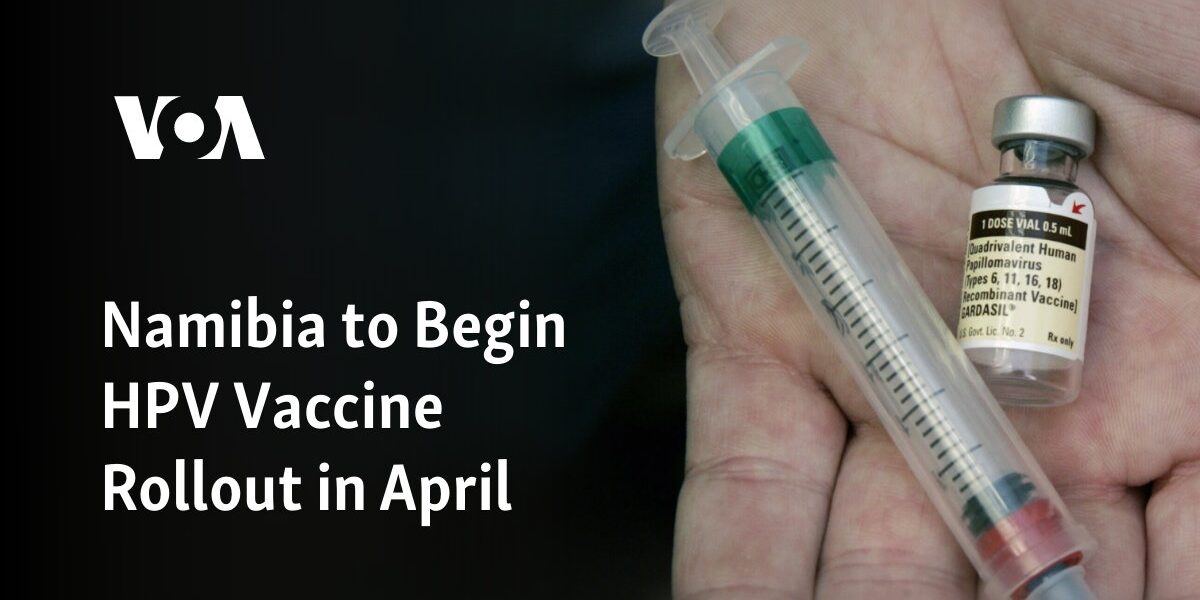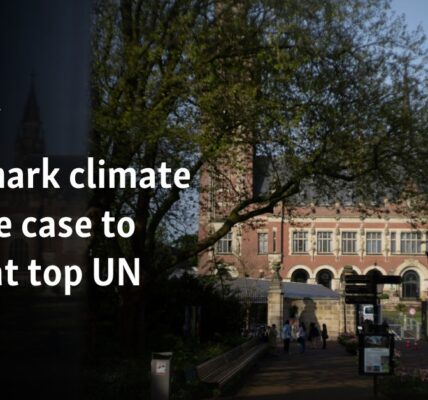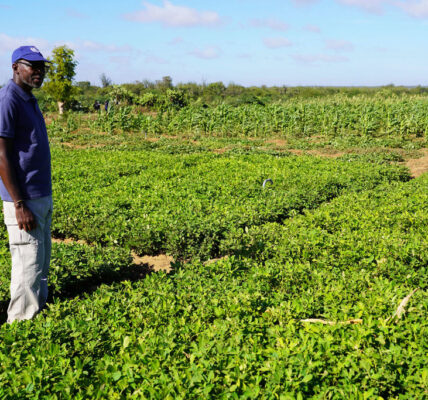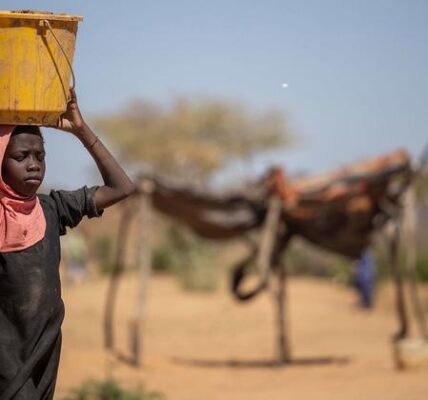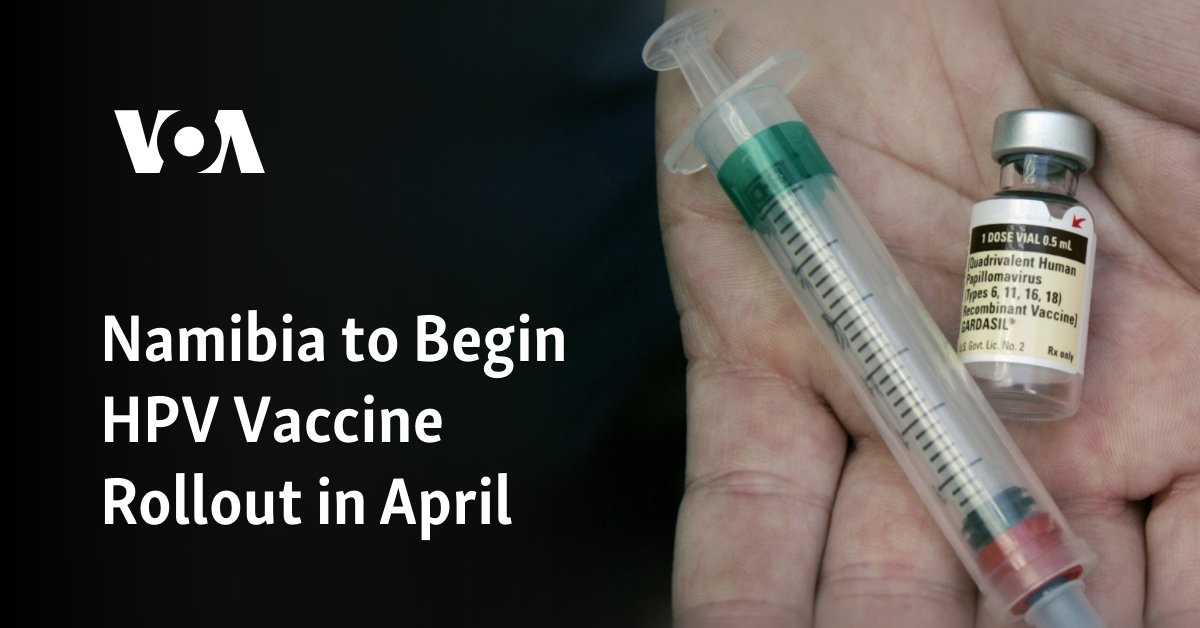
A health official from Namibia has informed VOA that the country is preparing to distribute the HPV vaccine to adolescent girls starting in April, as part of their efforts to prevent and combat cervical cancer.
There are approximately 1 million females in Namibia aged 15 and over who are considered at risk for developing cervical cancer.
Every year, approximately 375 women in Namibia receive a diagnosis of the illness and the mortality rate is more than 50%.
The HPV vaccine, also called the Human Papillomavirus Vaccine, has been scientifically shown to significantly reduce the risk of developing cervical cancer.
Namibia’s Ministry of Health and Social Services’ Executive Director, Ben Nangombe, announced that health workers will commence vaccinating approximately 183,000 girls aged nine to 14 in the coming month.
According to him, the ministry has received a budget of $7 million to purchase single-dose vaccines for this specific goal.
According to Mehafo Amunyela, an employee at the #Be Free Youth Program in Katutura Township, the reluctance to get vaccinated could pose a challenge in fully protecting the intended group. She expressed her desire to provide education to children and their families through awareness efforts, in order to highlight the benefits of vaccination.
She stated that we observed the response of society to the release of the COVID vaccine. However, we must acknowledge the fact that the absence of diseases like polio is due to the effectiveness of vaccines. They have consistently proved to be effective in the past and continue to do so.
The Cancer Association of Namibia has stated that the long distances between towns and villages in Namibia may pose a logistical hurdle for the immunization program.
The organization suggests that in order to reach the goal of vaccinating 183,000 girls, there should be awareness efforts in the various indigenous languages spoken in the country.
Namibia has implemented the HPV vaccine and is working towards the World Health Organization’s target of vaccinating 90% of girls globally by 2030. The ultimate objective is to eradicate cervical cancer by the end of this century.
Despite being preventable and treatable, cervical cancer resulted in 350,000 deaths globally in 2022, as reported by the WHO.
Source: voanews.com
